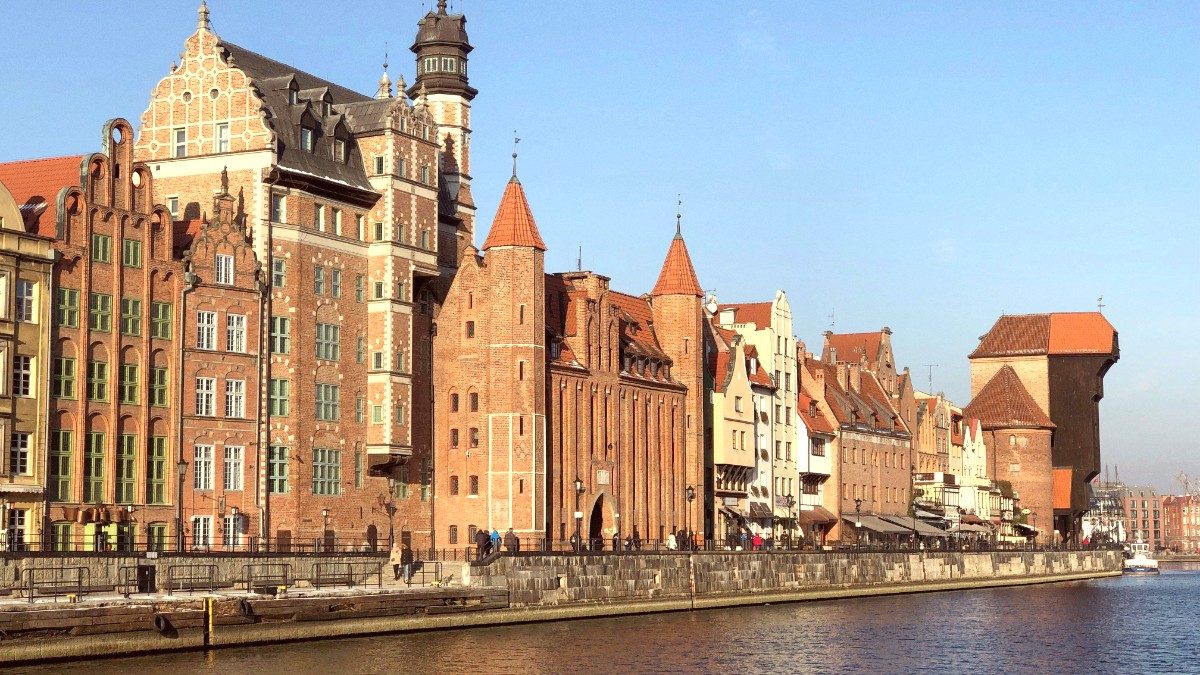
Pomerania, Poland
Journey to the largest castle in the world by land area, an UNESCO World Heritage Site. This vast brick fortress served as the headquarters of the Teutonic Knights.
Walk through centuries of history, imagining knights and grand masters. The scale of this structure stands out.
Gdansk is part of a metropolitan area, the Tricity (Trójmiasto), which includes the charming spa town of Sopot and the modern port city of Gdynia.
A resort town with a beautiful sandy beach and Europe's longest wooden pier.
A younger city, distinct with its modernist architecture, Gdynia functions as a significant seaport and naval base.
Gdansk presents various activities enjoyable for all ages, with sites that fascinate both young and older members of a family group.
Embark on a replica pirate ship cruise from the Old Town to Westerplatte for a fun and scenic journey.
Discover diverse marine life from various ecosystems at this modern aquarium in Gdynia.
An indoor playground offering various activities for children, especially appealing on rainy days.
Expansive Oliwa Park with its tranquil gardens provides space for walks. The Oliwa Cathedral presents unique organ concerts.
Several museums in Gdansk feature interactive exhibits, engaging visitors of all ages with history and science.
Gdansk is globally recognized as the world capital of amber, often called "Baltic Gold."
Experience living history through reenactments and historical events that frequently occur in the Old Town.
Gdansk is the birthplace of the Solidarity movement, a pivotal force that led to the fall of communism in Eastern Europe.
Westerplatte, a peninsula at the mouth of Gdansk's harbor, marks the site where World War II began.
Gdansk's cuisine blends Polish, Hanseatic, and maritime influences, presenting a delicious part of its culture.
Traditional dumplings with various fillings, sweet or savory.
Fresh Baltic fish, often fried or grilled, especially in coastal towns.
Explore local breweries and pubs for regional brews.